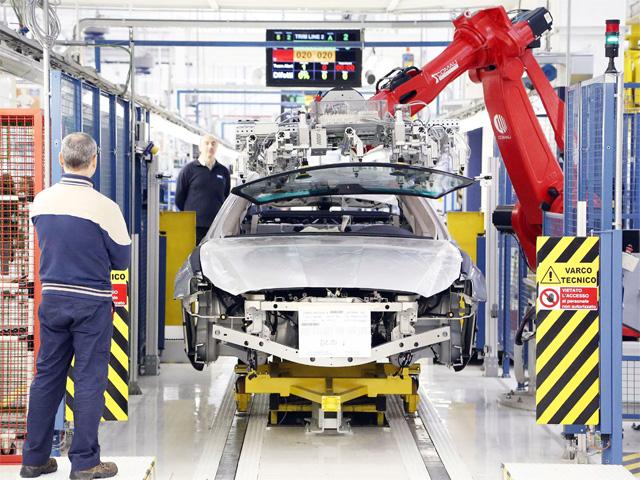In the ever-evolving landscape of the automobile industry, one technological innovation has taken center stage, promising to reshape the way we perceive and interact with vehicles: Autonomous Driving Technology. This cutting-edge advancement is not merely a leap forward in engineering; it’s a revolution that has the potential to redefine the entire automobile business.
The Rise of Autonomous Driving Technology
Understanding the Technology
Autonomous driving technology, often referred to as self-driving or driverless technology, is a culmination of artificial intelligence, sensor technologies, and advanced connectivity. This combination allows vehicles to navigate, sense their environment, and make decisions without human intervention. The implications of this technology extend far beyond convenience, influencing safety, efficiency, and the very essence of mobility.
Levels of Autonomy
Autonomous driving technology is classified into different levels, ranging from Level 0 (no automation) to Level 5 (full automation). At Level 0, the driver retains complete control, while at Level 5, the vehicle is entirely self-sufficient. Most vehicles on the road today fall within Levels 1 and 2, featuring partial automation where the car can assist with specific tasks but still requires human oversight.
Transforming Safety Standards
Reducing Accidents
One of the primary advantages of autonomous driving technology is its potential to significantly reduce accidents caused by human error. According to the World Health Organization, over 1.3 million people die each year due to road traffic accidents. With advanced sensors and real-time data analysis, self-driving cars can react faster than humans, mitigating the risk of collisions and making roads safer for everyone.
Enhancing Emergency Response
Autonomous vehicles are equipped with systems that can communicate with each other and with traffic infrastructure. In the event of an emergency, this connectivity enables faster response times and aids in creating a more coordinated and efficient traffic flow. Emergency services can be alerted promptly, potentially saving lives in critical situations.
Reshaping Business Models
Ride-sharing and Mobility as a Service (MaaS)
Autonomous driving technology is paving the way for a shift from traditional car ownership to mobility as a service. Ride-sharing platforms and autonomous taxis are becoming more prevalent, offering convenient and cost-effective alternatives to owning a personal vehicle. This shift has the potential to redefine the automotive industry, with a focus on providing transportation solutions rather than just selling cars.
Fleet Management and Logistics
Businesses involved in transportation and logistics are exploring the integration of autonomous vehicles into their fleets. The ability to optimize routes, reduce fuel consumption, and increase efficiency is a game-changer for industries relying on transportation. This not only lowers operational costs but also minimizes the environmental impact of traditional transportation methods.

Overcoming Challenges
Regulatory Framework
While the technology is advancing rapidly, the regulatory framework is still catching up. Governments and regulatory bodies face the challenge of establishing standards and guidelines for the safe deployment of autonomous vehicles. Striking the right balance between innovation and safety is crucial to ensuring the widespread acceptance of this transformative technology. Come and check RV Station Online to find out more about revolutionizing the automobile business.
Public Perception
The acceptance of autonomous driving technology among the general public is another hurdle. Trust in the reliability and safety of self-driving cars is essential for their successful integration into daily life. Manufacturers and policymakers need to address public concerns through education, transparent communication, and thorough testing.
The Road Ahead
As autonomous driving technology continues to progress, its impact on the automobile business will become more pronounced. From reshaping safety standards to transforming business models, the implications are vast and far-reaching. However, realizing the full potential of this technology requires collaboration between industry stakeholders, policymakers, and the public.
In conclusion, the advent of autonomous driving technology represents a paradigm shift in the automobile industry. Beyond the convenience of hands-free driving, it has the power to enhance safety, redefine business models, and shape the future of transportation. Embracing this technology requires addressing challenges head-on and fostering a collective vision for a more efficient, sustainable, and connected automotive future.





